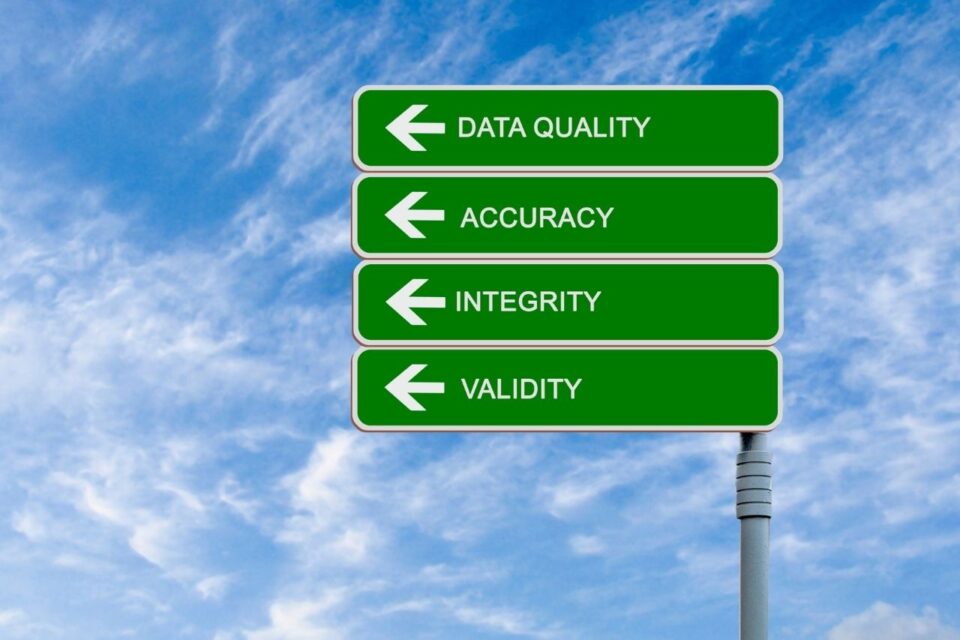
4 reasons why the first steps in MIPS/MACRA compliance and value-based care, in general lies within your RCM
September 20, 2018
18% of Americans OK with payers using their DNA to determine policies
October 7, 2018Along with technology, the healthcare landscape is also evolving fast. Patient care has always been of immense importance and will be. When it comes to innovative healthcare solutions, they exert a positive impact and help physicians save lives.
One such solution is EHR (electronic health records). They are designed to record and share patient’s data in a way that was never done before. Many healthcare providers support this technology for overall better patient care, together with no more paper records, and no more missed diagnosis. This is the reason many healthcare organizations have been investing in the EHR market. Many physicians agree with the good outcomes of EHR, how it helps reduce healthcare costs and lead to a healthier future for all.
However, the surprising fact is when you ask health providers regarding which EHR system they use, instead of a single vendor like Epic, Cerner, or MEDITECH, they have a plethora of vendors to keep each element of cycle running.
Since healthcare revenue cycle involves a lot of procedures from scheduling and registration to claim submission and to account resolution. To keep each step running smoothly, organizations need to collect patient payments and timely reimbursement.
Does Implementation of different technologies increase efficiency?
About 71% of healthcare systems use their EHR system in alliance with other revenue cycle management solutions, according to a survey. Hospitals that employ multiple vendor solutions for revenue cycle management doesn’t show any improved financial performance.
In fact, nearly 69% of hospitals using more than three vendors are found to have issues with claim denials. In addition, managing several solutions may impact revenue integrity.
Integrating Revenue Cycle Management
The fact is, many different technologies cannot compensate for the deficiency of the system as several mixes of technologies are difficult to integrate and thus impact the bottom line. EHR and revenue cycle management integrated product is the most preferred option for many healthcare providers.
Let’s say if Cerner starts offering an integrated product with clinical workflow, will you be able to buy something else from any other shop? Of course, you’ll not. By integrating under one vendor, hospitals and healthcare systems such as CGH Medical Center recognized significant improvements. It comes with a number of benefits – the biggest is the ability to share patients scheduling and registration information upstream. The moment you place an integrated system, it allows modifying health plans, changes employers, and share patient balance data upstream.
Leverage third-party services to improve revenue cycle health
What happens if major IT companies offering EHR systems such as Cerner gets failed to provide resources and support for a healthy revenue cycle? In such a case, to pursue revenue cycle management can be a real challenge.
However, many organizations anticipate such challenges and overcome them by taking internal measures to ensure financial success. The help of a third party can be a key contributor to boost the bottom line, after revenue cycle management integration.
Verdict
Take a decision and carry out an integrated revenue cycle product for improved metrics, increased rate of clean claims, and better stability.
Learn how our software is saving other organizations $$MILLIONS!
If you are interested in a free demo of our AllPayor® Software, please go HERE or you can register for a FREE webinar HERE





